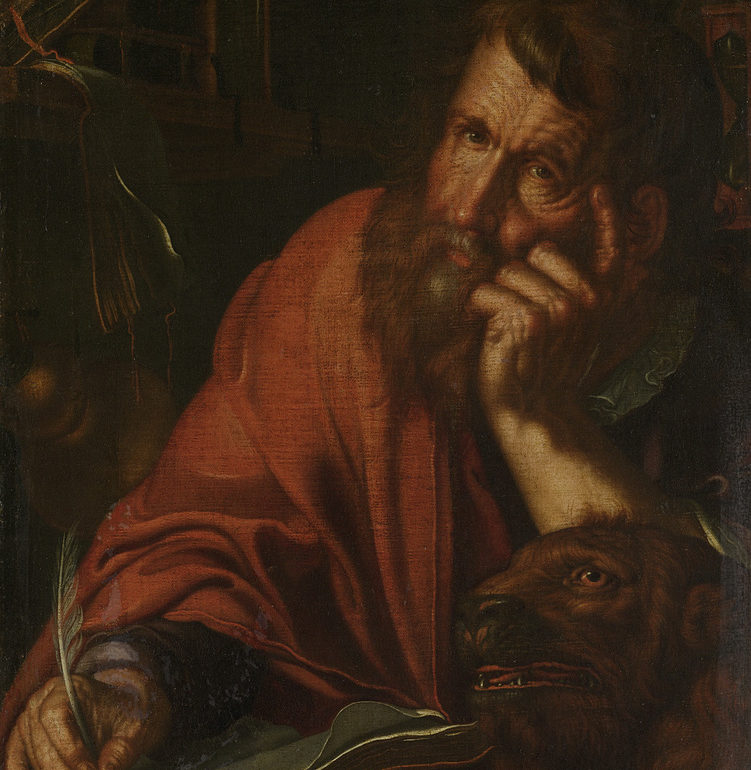Father Israel Risquet Gonzalez reflects on Saint Mark, whose feast day will be celebrated April 25, this year the 4th Sunday of Easter.
******
Saint Mark is of the 1st century, and his Feast is celebrated on April 25. This year, his Feast coincides with the 4th Sunday of Easter and we cannot celebrate it as the Sunday Liturgy prevails. He is represented with the biblical Tetramorph, four forms, one for each evangelist, in the form of a Lion because, according to Saint Jerome, in his Gospel, he represents Jesus Christ as King.
In the Seminary, my Professor of Matthew and Mark liked him very much. He said that he possibly wrote the oldest Gospel, between the years 50-60. It is the shortest, with just 16 chapters, although in some accounts he is very long as, for instance, the “passage on Jairus’ daughter, or the woman suffering from hemorrhages,”it is a whole catechesis on the Faith. It is called Saint Peter’s Gospel because when Mark was with Peter in Rome he drank in his preaching. ’
He is the only evangelist that titles his work: “The Gospel,” the Good News (Mark 1:1). In it he talks about a youth on the night of the Passion, who followed Jesus, and when the guards tried to arrest him, he fled naked. It could be a personal experience: that he was that youth. It all points to his being the son of the woman who received Peter in her home when he was released from prison by an Angel. That youth remained fascinated by the first Pope of the Primitive Church.
It seems that very soon he joined the mission of the Church with his cousin, Saint Barnabas who, together with Saint Paul, was sent to preach the Good News itinerantly. In the Acts of the Apostles and in Paul’s Letters there are accounts of his activities. On one occasion, it seems that Mark wanted to return to his mother in Jerusalem, as he was tired. However, it appears that Saint Paul got annoyed with him and argued with Barnabas because Mark was very young.
A few years later Mark went with Barnabas, who had separated from Paul, to evangelize again, but then his details disappear and we don’t know anything more until he appears again, now in Rome, as a disciple of Peter, whom the first Pope would call “Son.” They were reconciled when Paul arrived in Rome, and Paul appointed him his collaborator while in prison, awaiting his judgment. They took up their relationship with much affection, as Paul refers to him as a “consolation” while he was in prison. And, as Paul approached his end, he had Mark called because he needed him.
Tradition tells us that Saint Mark founded the Church in Alexandria and, at the beginning of the 9th century, some Venetian merchants took his mortal remains to their city, Venice, where he rests in the beautiful Cathedral named after him.
I conclude with the end of the Collect Prayer of his Feast: Saint Mark, “grant us to take such advantage of your teachings that we may continue faithfully in the footprints of Christ (. . .).”










